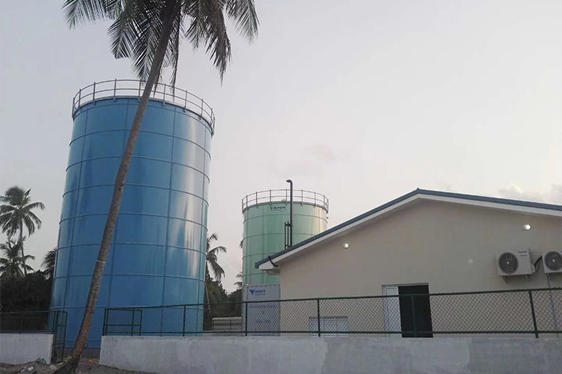Nov 09, 2020
Freshwater resources play a vital role in all aspects of human society. In addition to protecting precious freshwater resources from industrial wastewater and saltwater pollution, seawater desalination also plays an important role in the utilization of alternative saltwater resources.
Due to the relatively low energy consumption of reverse osmosis (RO), it is currently the most widely used seawater desalination technology. However, the high pressure required to overcome the osmotic pressure of high-salt brine makes it unusable for the desalination of critical industrial wastewater, such as water and reverse osmosis concentrates produced by oil and natural gas, and zero liquid discharge processes.
Conventional thermal desalination methods, such as multi-effect distillation (MED) and multi-stage flash evaporation (MSF), can make the desalination or concentration of brine exceed the salinity limit of RO5, but they require a lot of infrastructure and high investment costs . At the same time, some inherent limitations also lead to very low thermal efficiency. For example, the temperature polarization on both sides of the membrane reduces the vapor pressure difference, thereby reducing the flux. As the length of the feed channel increases, the average transmembrane temperature difference decreases, and as the size of the membrane module increases, the average flux decreases. Surface heating membrane distillation technology overcomes some inherent limitations of conventional membrane distillation technology.

Highlights of this article
1. The author successfully grew hexagonal boron nitride (hBN) nano-coating on stainless steel wire cloth (SSWC) in situ, and discussed its application as an expandable electric heating material in surface heating film distillation.
2. The new hBN-SSWC has excellent moisture permeability, thermal conductivity, electrical insulation, and corrosion resistance, all of which are essential for long-term surface heating film distillation performance, especially in high salt solutions.
3. The author confirmed that hBN-SSWC can support ultra-high power intensity (50 kW m-2) to desalinate high-salt solutions, and has extremely high water flux (and throughput), one-way water recovery and heat utilization efficiency, and at the same time Maintain excellent material stability. It also shows excellent performance in the expandable and compact spiral wound electrothermal film distillation module.
How Do Solar Panels Help The Environment?
Nov. 23, 2021
Follow Us
Navigation